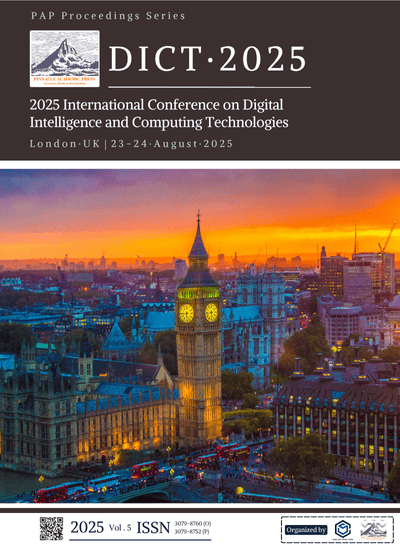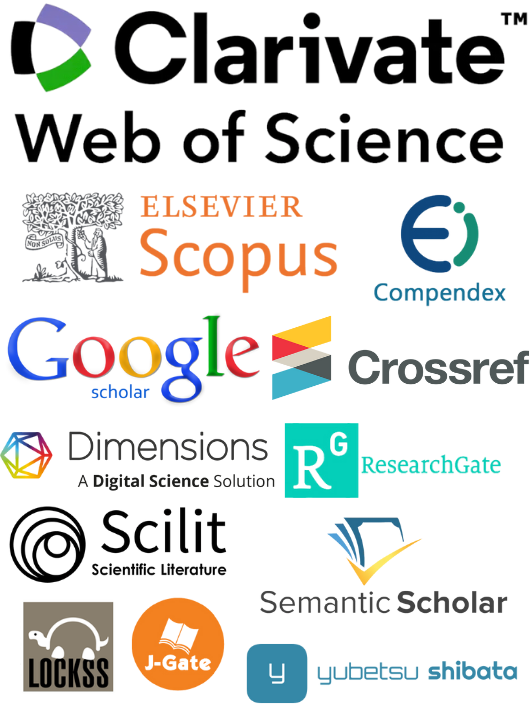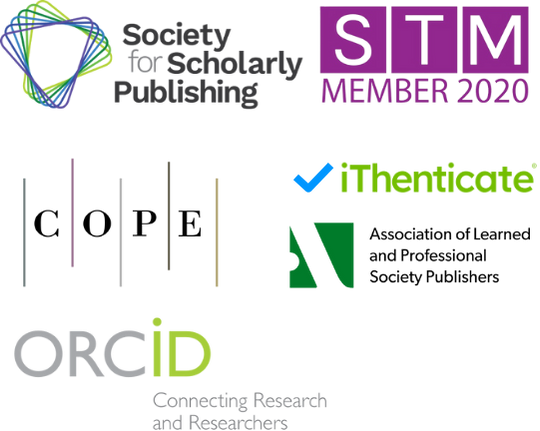Retracted: Research on Intelligent Keyframe In-Betweening Technology for Character Animation Based on Generative Adversarial Networks
DOI:
https://doi.org/10.71222/jgpq0193Keywords:
character animation, keyframe interpolation, generative adversarial networks, temporal consistencyAbstract
Character animation production faces significant efficiency challenges due to labor-intensive keyframe interpolation processes that require extensive manual intervention. This paper presents a novel intelligent keyframe in-betweening technology based on generative adversarial networks (GANs) to automate intermediate frame generation while preserving character consistency and motion quality. The proposed framework incorporates a multi-scale temporal feature extraction mechanism that captures complex motion patterns through residual connections and attention-based aggregation. An improved GAN architecture employs dual-path processing streams combining spatial and temporal information, enhanced with spectral normalization and adaptive instance normalization for stable training dynamics. The character consistency preservation algorithm integrates deep feature matching with geometric constraint enforcement to maintain visual coherence across generated sequences. Experimental validation on a comprehensive dataset of 55,000 animation sequences demonstrates superior performance with SSIM scores reaching 0.923 and temporal consistency measures achieving 0.856, representing substantial improvements over existing methodologies. User studies involving 165 participants confirm practical applicability, with professional animators rating the generated sequences at 4.19/5.00 for overall quality. The technology enables significant productivity gains in animation production workflows, achieving 30-45% cost reductions while maintaining professional quality standards, making high-quality animation more accessible across diverse commercial applications.
References
1. R. Chand, et al., "Survey on Visual Speech Recognition using Deep Learning Techniques," in Proc. 2023 Int. Conf. Commun. Syst., Comput. IT Appl. (CSCITA), 2023, doi: 10.1109/CSCITA55725.2023.10104811.
2. P. Liu, et al., "Deep flow collaborative network for online visual tracking," in Proc. ICASSP 2020 IEEE Int. Conf. Acoust., Speech Signal Process. (ICASSP), 2020, doi: 10.1109/ICASSP40776.2020.9054590.
3. Y. Chen, C. Ni, and H. Wang, "AdaptiveGenBackend A Scalable Architecture for Low-Latency Generative AI Video Pro-cessing in Content Creation Platforms," Ann. Appl. Sci., vol. 5, no. 1, 2024.
4. C. Ju, et al., "AI-driven vulnerability assessment and early warning mechanism for semiconductor supply chain resilience," Ann. Appl. Sci., vol. 5, no. 1, 2024.
5. M. Zhang, N. Heffernan, and A. Lan, "Modeling and analyzing scorer preferences in short-answer math questions," arXiv preprint arXiv:2306.00791, 2023.
6. G. Rao, et al., "Jump prediction in systemically important financial institutions' CDS prices," Spectr. Res., vol. 4, no. 2, 2024.
7. J. Fan, T. K. Trinh, and H. Zhang, "Deep learning-based transfer pricing anomaly detection and risk alert system for phar-maceutical companies: A data security-oriented approach," J. Adv. Comput. Syst., vol. 4, no. 2, pp. 1–14, 2024, doi: 10.69987/JACS.2024.40201.
8. M. Zhang, et al., "Automatic short math answer grading via in-context meta-learning," arXiv preprint arXiv:2205.15219, 2022.
9. T. K. Trinh and D. Zhang, "Algorithmic fairness in financial decision-making: Detection and mitigation of bias in credit scoring applications," J. Adv. Comput. Syst., vol. 4, no. 2, pp. 36–49, 2024, doi: 10.69987/JACS.2024.40204.
10. Z. Wang, M. Zhang, R. G. Baraniuk and A. S. Lan, "Scientific Formula Retrieval via Tree Embeddings,"in 2021 IEEE Int. Conf. on Big Data (Big Data), Orlando, FL, USA, 2021, pp. 1493-1503, doi: 10.1109/BigData52589.2021.9671942.
Downloads
Published
Issue
Section
License
Copyright (c) 2025 Zi Wang, Zhong Chu (Author)

This work is licensed under a Creative Commons Attribution 4.0 International License.



